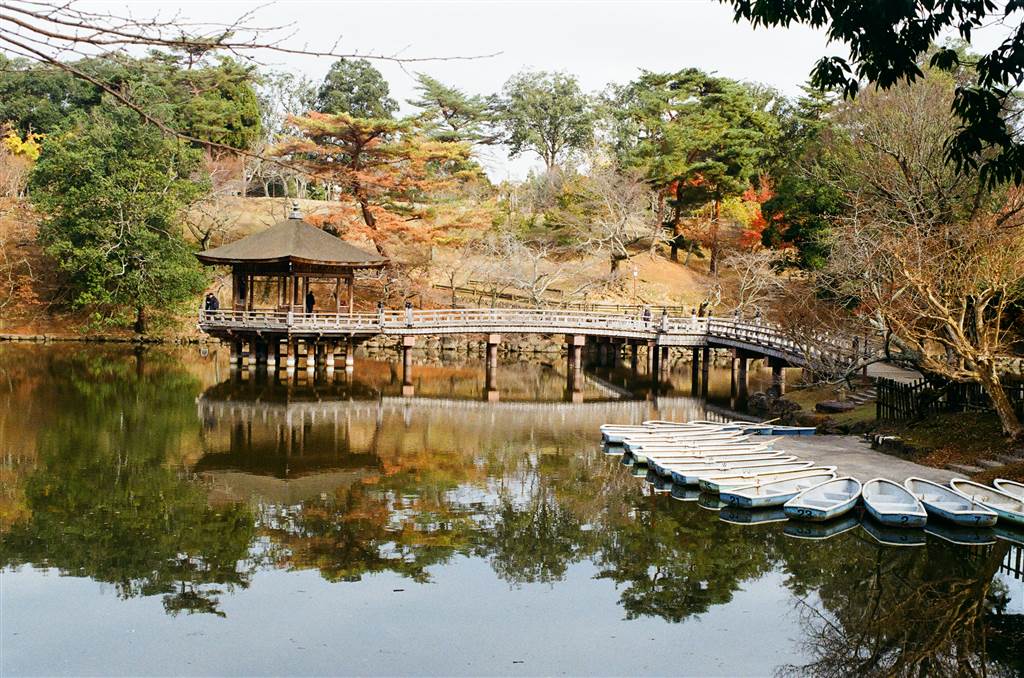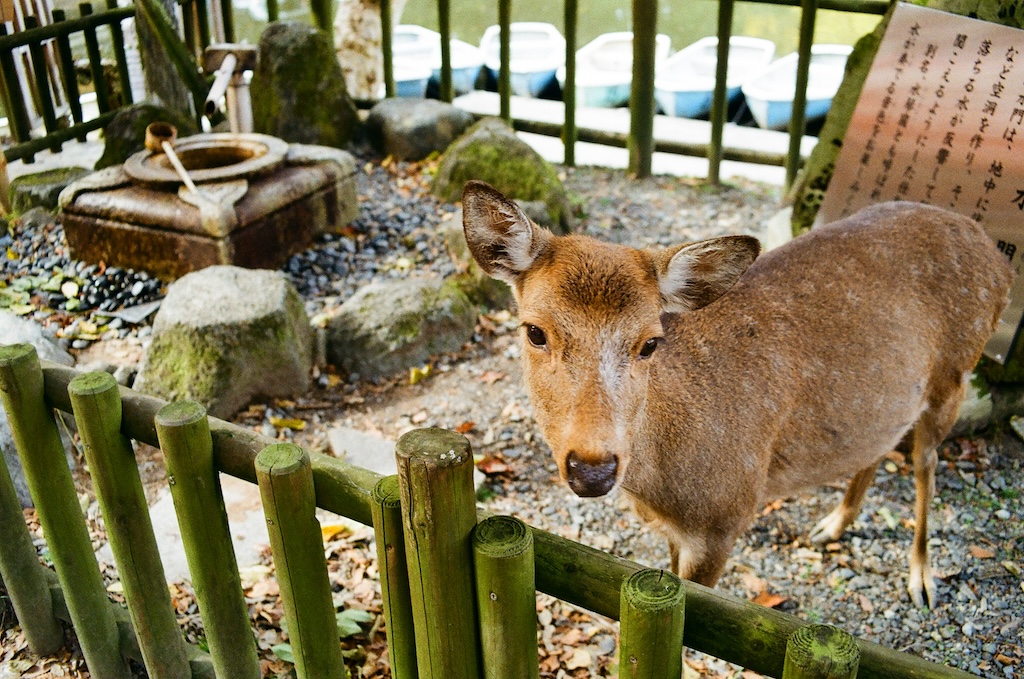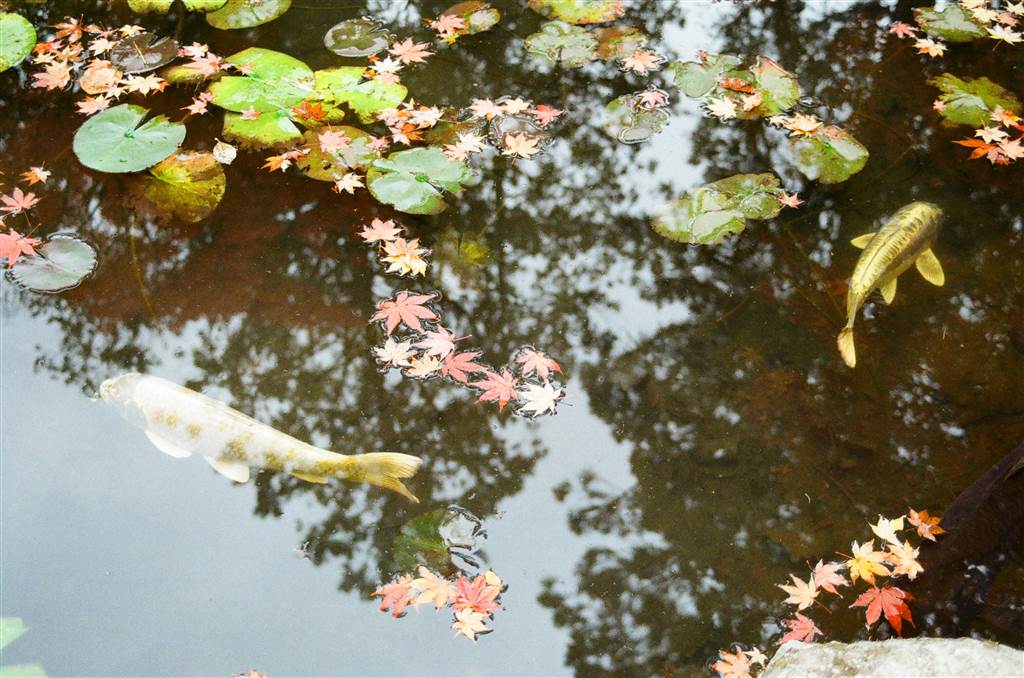A Symphony of Colors – Autumn Foliage in Japan and Preliminaries

Ask just about any Hong Kong person and you would find answers to all things Japan. Japan is hands down the most popular travel destination for Hong Kong people. In fact, many in Hong Kong call it “going home” when they go to Japan. Clearly, I do not think of Japan this way, but there are so many wonderful things in Japan, and I finally made it out there for autumn foliage viewing in the fall of 2023. This was my first trip in Japan.

I was traveling on a shoestring and to ensure that I swooped up the best deals, I planned early. This is also my advice for anyone who wants to see the autumn foliage. Autumn is the high season for traveling in Japan, both for locals and the foreigners. If you do not plan early, you would have to pay a premium for the same experience.
Itinerary

I planned my trip as early as May 2023. My dates in the Kansai area was November 23 to November 30. The first thing to do is to plan a rough itinerary. There are literally millions to do in Kyoto alone and you must prioritize your objectives.
This was my itinerary: I visited the Kansai area for 7.5 days. Five full days were at Kyoto, one day in Nara, and then half a day in Osaka before I headed home. This schedule reflects the relative numerosity for sightseeing locations in these cities, well, at least for a heritage tourist. If you are looking more for food and city life, perhaps Osaka would be a better option. As with always, I will discuss the heritage and history of the sites that I visited in this series on Japan, with tips on how to navigate travelling in the foliage season. For a detailed itinerary for the Kyoto leg of the journey, please see here.
Autumn foliage is everywhere in Japan, but I opted to go to Kyoto, because I wanted to see the foliage in the midst of beautiful ancient temples. Kyoto certainly did not disappoint. In Kyoto alone there are thousands of temples to visit, and five days were not going to be enough for sure. Having gone once, I have plans to go again, to visit the sites that I hadn’t managed to visit last year, but that’s for later.
Timing

If you are looking to visit Japan specifically for its seasonal colors, timing is the most important indicator to watch. There are two famous seasons, namely the spring for cherry blossom, and the fall for autumn foliage. For foliage viewing, the best timing would be the last week of November to mid-December or so. As you can see, this is not a long window. Come those times, Japanese and foreign tourists alike would flood to Kyoto. My dates were November 23 to November 30, and as the days went by even in just that one week, I could observe an increasingly overwhelming presence of tourists. As such, I was becoming quite keen to move on to Nara toward the end of my trip.
There are many online sources that can give you an idea about the foliage schedule. Needless to say, when the leaves turn crimson depends on how cold that year is. If the temperature dropped early that year, then you can plan for an earlier date. I actually planned my trip in May, and I made a good bet—when I went to Kyoto, the leaves had turned red and the colors were amazing. Suffice to say, sometime late November to early December would be a safe bet.
Entrance via Kansai Airport (Customs Clearance)
As of 2023, there is no requirement for VISA application if you hold a U.S. passport or an HKSAR passport. Please visit Visit Japan Web, set up your account, fill out your information, and present the code for easy customs clearance upon arrival.
Clothing

There was no snowing when I went to Kyoto at this time of the year, but some sort of down jacket is necessary. The best approach is to bring layers with you, because the weather could induce quite a bit of sweating during the day, especially when you walk so much. Jeans would be appropriate for this weather. Comfortable shoes are a must, be prepared for a whole lot of walking in Kyoto.
What to Bring

I would say that you wouldn’t need to bring any toiletries with you, because most hotels would provide these items, and if not, there are drug stores and supermarkets everywhere. Trying Japanese products is itself an experience.
Planning

For the foodies out there, Kansai certainly has its own school of cuisine. As with everywhere else, the famous restaurants require very advanced booking. I did make such a booking with a restaurant that specializes in unagi don (grilled eel over rice). I also learned that, for restaurants that require reservations, they really will turn you away if you didn’t. There is no need to try your luck with them. Therefore, perhaps a month or so before your departure date, you should look into booking at those higher-end restaurants.
For sightseeing, most temples in Kyoto do not require pre-booking, save for one. The Saihoji Temple is known to be the “moss temple,” where vibrant green moss graces its grounds. To protect this ecological feature, foot traffic is to be limited and as such you must make booking in advance. You would be best-served in contacting the hotel that you stay at to make the relevant arrangements at least a month before you plan to visit.
Other suggestions for things to do is to stay at a Ryokan, a traditional Japanese house. These accommodations are not cheap and they get sold out quickly during peak season. Finally, for visitors looking for spiritual experiences, consider staying at a temple and practice zen principles. There are plenty of online sources about these various options, and I am no expert.
In terms of accommodation, I cared most about a convenient location. I stayed at a 3-star hotel in the Goji area, right off the subway station. The rooms were small and private but bathrooms were shared.
For me, there were two objectives: to see beautiful ancient temples, learn about their histories, and then take a whole lot of wonderful photographs of the autumn foliage. And my purposes were well-served in my first visit in Japan.

